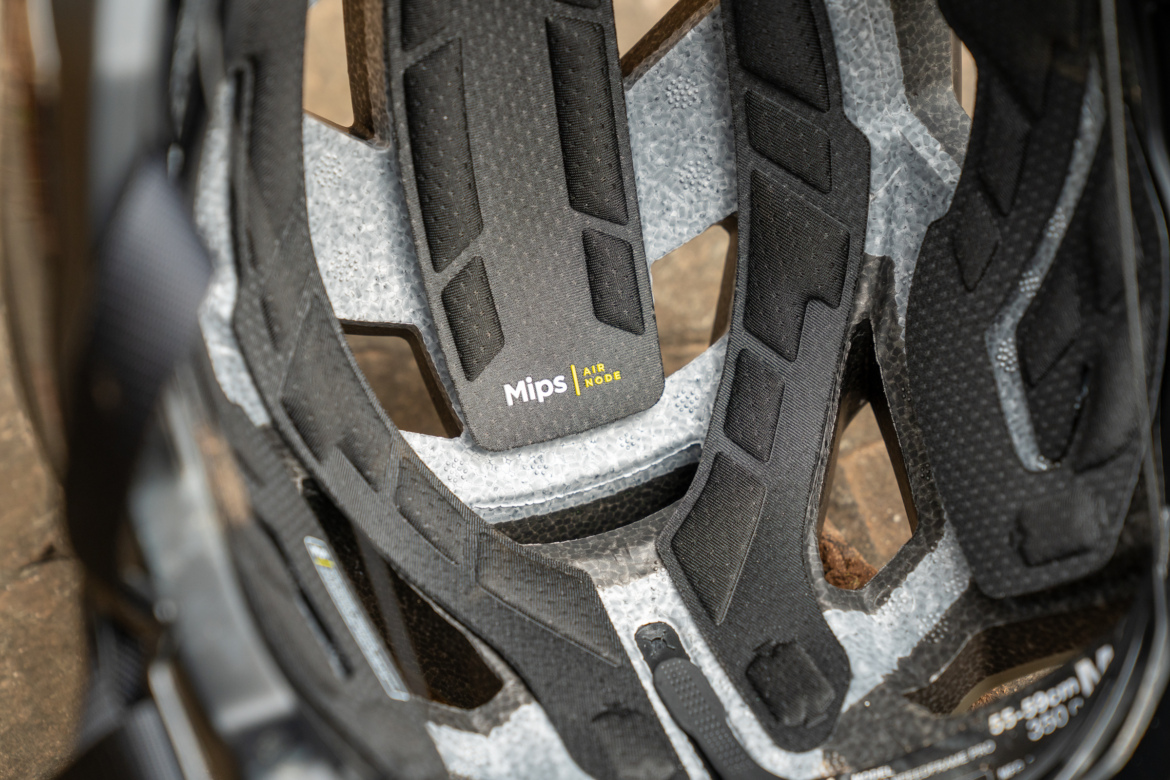
In a July 14 memorandum, the Virginia Tech Helmet Lab announced they would be re-calibrating their five-star bicycle helmet safety rating system. The ratings, which are based on sport-specific tests, seek to reflect how well a helmet reduces concussion risk. As helmets have improved over the years, the vast majority of helmets have been able to achieve the highest 5-star rating.
“When a majority of helmets earn five stars, the top category no longer distinguishes the very best,” the memorandum says. “That’s where we are now.”
Helmets are getting safer
A 2020 Singletracks analysis found that eight out of ten of the highest-rated mountain bike helmets in the Virginia Tech tests utilized the MIPS rotational impact protection system. As MIPS technology has become widely available, even among entry-level helmets, it seems to have helped more and more of them qualify for a five-star rating.
The helmet lab memorandum addresses the widespread ratings drop. “This is not because [the helmets’] performance has worsened, but rather the bar for top-tier performance has risen. This shift reflects meaningful progress in helmet design and ensures that the five-star label continues to signal the highest level of protection available.”
All bicycle helmets sold in the US and Europe must be certified to meet a baseline level of safety. The Virginia Tech rating goes a step further and “assesses each helmet’s ability to reduce both linear acceleration and rotational velocity during a range of impact scenarios representative of real-world bicycle crashes,” according to the project website.
At least 129 helmets lost their five-star rating
Before the ratings reset this month, 167 out of 272 helmets tested were rated five stars. Now, only 38 can claim a five-star rating. The top-scoring helmet, the POC Cularis, makes use of a MIPS Air Node liner while the second highest-rated helmet, the Fox Speedframe RS, features MIPS Integra Split rotational impact protection.
The chart below shows the helmet ratings distribution before and after the July 2025 reset. Click for the full list to see how your helmet is rated based on the updated scale.
| Rating | Previous Score Threshold | Number of Helmets (Previous) | Updated Score Threshold | Number of Helmets (Updated) |
|---|---|---|---|---|
| 5 stars | < 14.0 | 167 | < 10.1 | 38 |
| 4 stars | < 19.0 | 66 | < 13.0 | 96 |
| 3 stars | < 24.0 | 32 | < 16.0 | 64 |
| 2 stars | < 29.0 | 7 | < 19.0 | 35 |
| 1 star | >= 29.0 | 0 | < 21.9 | 20 |
| 0 stars | NA | 0 | >= 21.9 | 19 |
| TOTAL | 272 | 272 |
It’s possible that in the process, many helmets are no longer recommended
According to the Virginia Tech memorandum, the lab generally recommends any helmet with a four- or five-star rating. Previously, only 39 helmets fell below that threshold. Now, 139 helmets are rated three stars or below. A sub-four rating could potentially impact a helmet model’s sales significantly among those who follow the Virginia Tech Helmet Lab ratings.
For example, the MIPS-equipped, $119 Fox Speedframe mountain bike helmet saw its five-star rating drop to three. As of press time, the Fox website still lists “Virginia Tech 5-Star helmet rated” as a selling point. Fortunately for Fox, two of their higher-priced Speedframe helmet offerings remain at the top of the ratings scale.
Could the reset spur more helmet safety innovation?
The Virginia Tech Helmet Lab memorandum notes that “helmets today are much better than they were a decade ago.” With bike helmet brands touting their five-star safety ratings as a selling point, consumers have been conditioned to pay attention. Assuming buyers continue to demand a five-star rating from their helmets, brands should be motivated to improve their safety in order to regain a top rating.


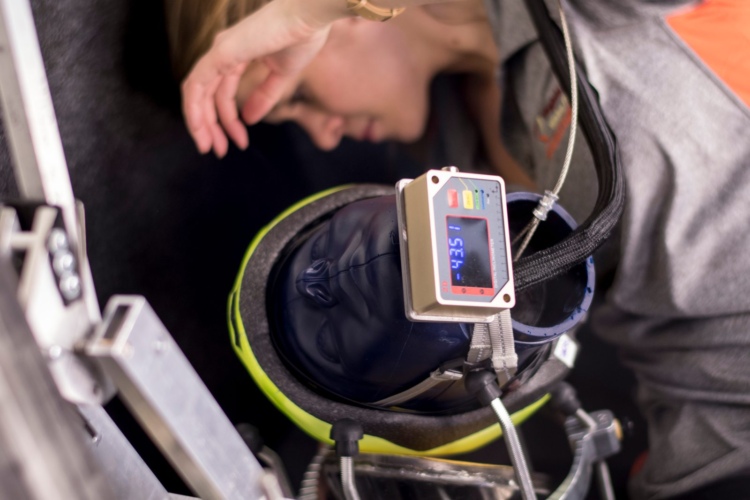




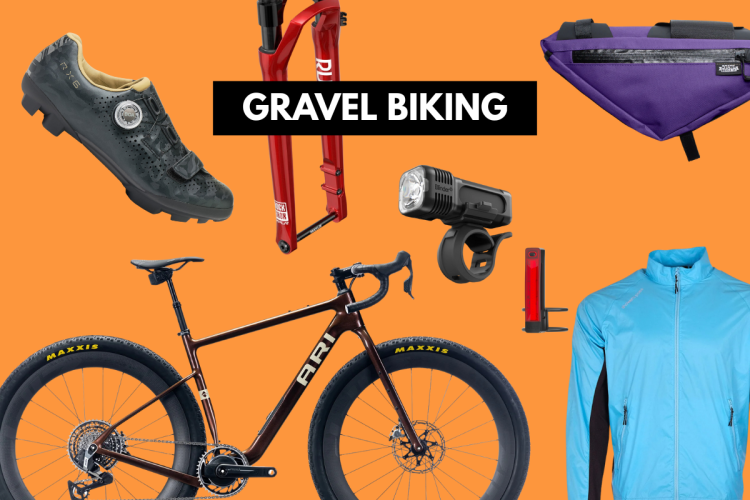
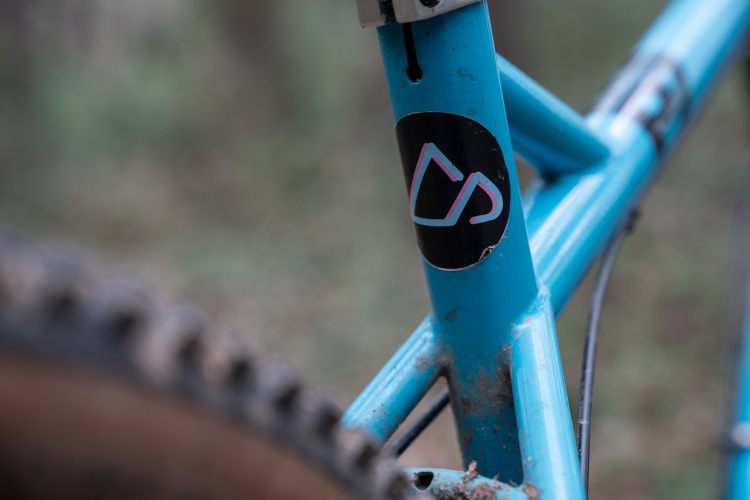
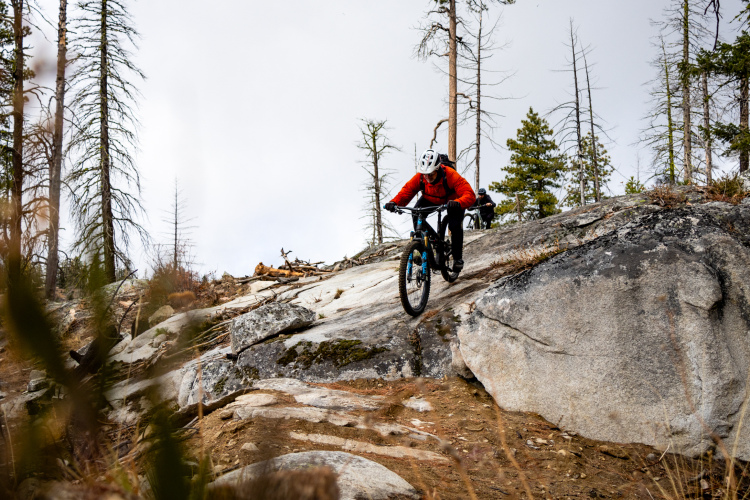

4 Comments
Jul 26, 2025
Aug 1, 2025
Aug 1, 2025
Jul 31, 2025
Just my $0.02